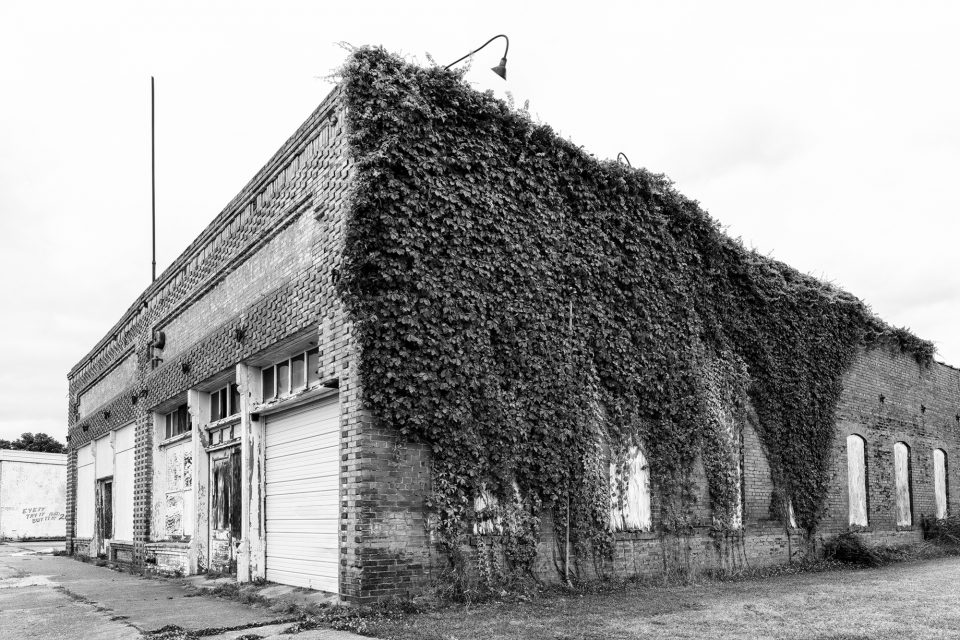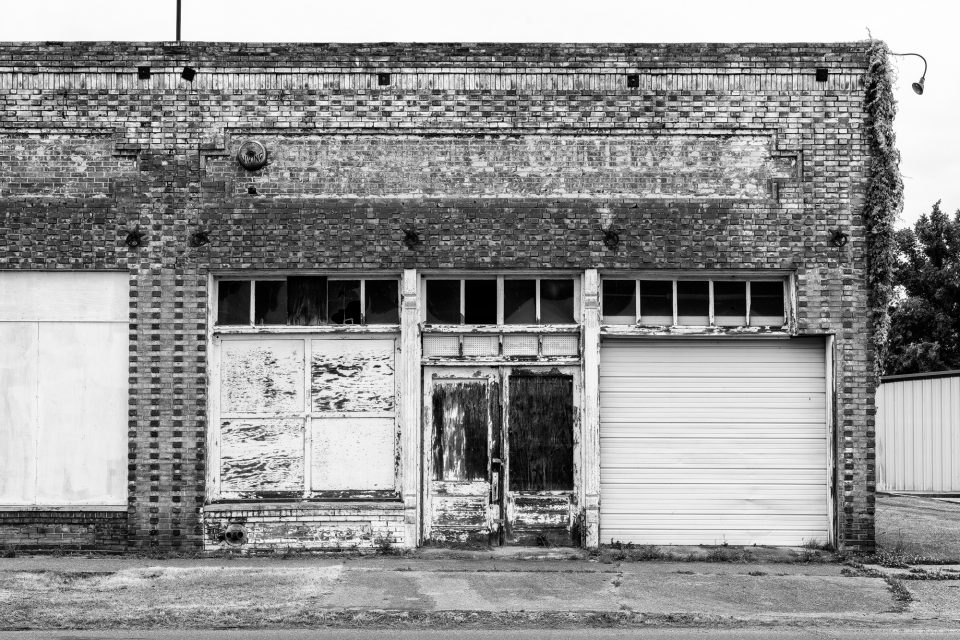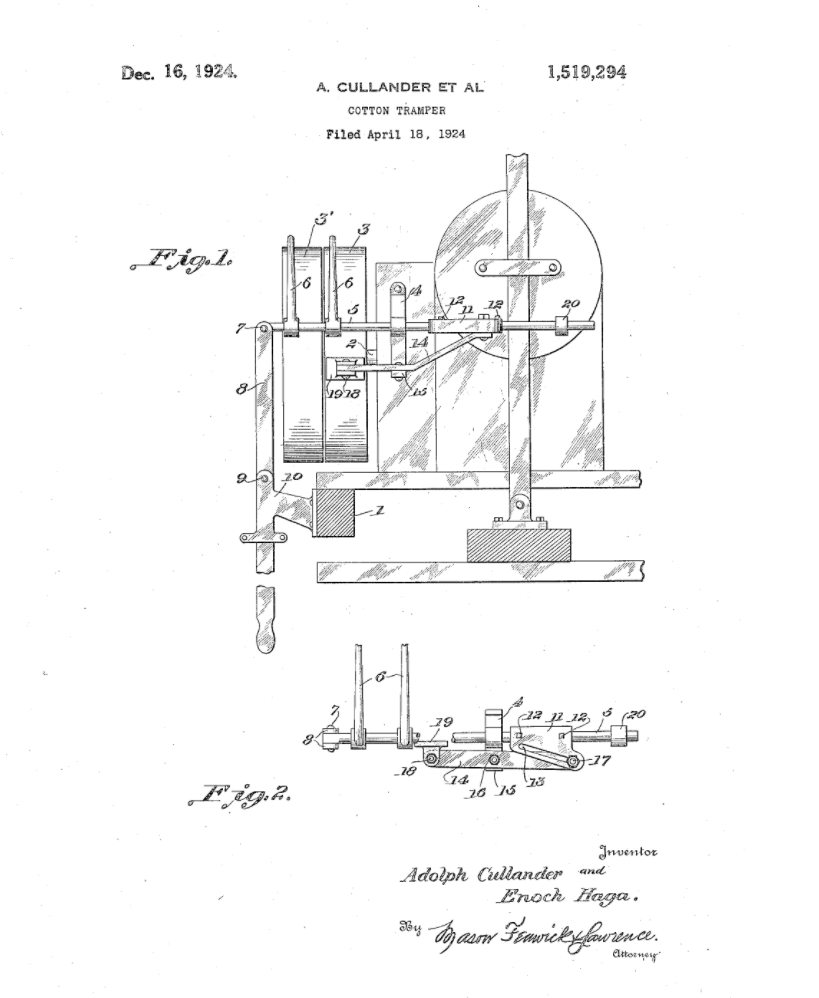In this video, we learn the story behind the photographs of this abandoned old machine shop in a small Mississippi Delta town
The story behind the photographs of this abandoned old brick building
I found this abandoned building on a drive through Belzoni, a small town in the Mississippi Delta.
In some ways it’s just an ordinary old building, not very interesting. But compared to the prefab metal buildings and generic architecture we build now, I think it’s a real beauty, with a lot of character.
I was able to barely make out the name on this faded old sign — it says Cullander Machinery Co.
Black and white photographs of the abandoned Cullander Machinery building in Belzoni, Mississippi
Below are the two black and white photographs that I captured on that early morning in Belzoni. Fine art photographic prints are available in a wide variety of sizes.


Adolph Cullander and Cullander Machinery Co.
With research, I learned that Cullander Machinery Company was a machine shop/machinery company that sold equipment to the agriculture industry. This is the heart of the Mississippi Delta, which was a big cotton and rice growing region.
The business was operated by Adolph Cullander, who was born in Sweden and lived from 1869 until 1952. He’s buried in the Belzoni cemetery.
From details in the 1940 census we can learn that Adolph Cullander was 70 years old and listed himself as a machinist, with his employer was listed as “machine shop.” He lived in a house worth $2,500 at 125 Hayden Street in Belzoni (which was a few blocks up the street from his shop). Adolph lived with his wife, Lollie, who was also born in Sweden and was two years older. Adolph had two years of college, and he earned $6,000 in 1939, which was pretty good for that time. Remember, this was the great depression and the average annual income in the US was about $1,368. By the way, this census information was protected by privacy laws for 72 years and didn’t become public until 2012.
But Adolph was more than a machinist, he was an inventor with at least two patents. Below are his original patent designs.

Above is Adolph Cullander’s 1924 patent for a cotton tramper, the first of two patents. He would have been 55 at the time.
Cullander’s second patent for a cotton needle and stripper, dated 1931, can be seen below.

These patents show that not only did Adolph Cullander understand the machines he sold, but he also had a deep understanding of how they worked — or maybe didn’t work — out in the fields.
I found records for this machine shop dated as early as 1910. The business was incorporated in 1940, and a 1955 lawsuit proves that the company was still in business after Adolph’s death in 1952. It seems the company sold an irrigation pump that failed, causing the loss of a rice crop, with $29,000 in damages. Cullander Machinery was found not liable in lower court and appellate court, because they were simply the reseller of the pump, not the manufacturer.
They were found liable for a replacement pump at a cost of $5-6,000. That was probably a really big headache at the time, but now it’s one of the few public records available to give us a window into the history of this building.
Notices to dissolve the corporation were filed in the 1980s, and it was finally dissolved in 1990.
Thanks for reading
Be sure to visit me on Facebook, Instagram or Pinterest, or on my website at keithdotson.com.
~ Keith
